Overview
Generative Artificial Intelligence (Gen AI) is revolutionizing the digital landscape in 2025, powering new ways to create, imagine, and automate. From generating art and stories to transforming industries with advanced automation, Gen AI stands at the forefront of technological innovation. This guide explores what Gen AI is, its key applications, popular keywords, and how you can leverage this technology for personal and professional growth.
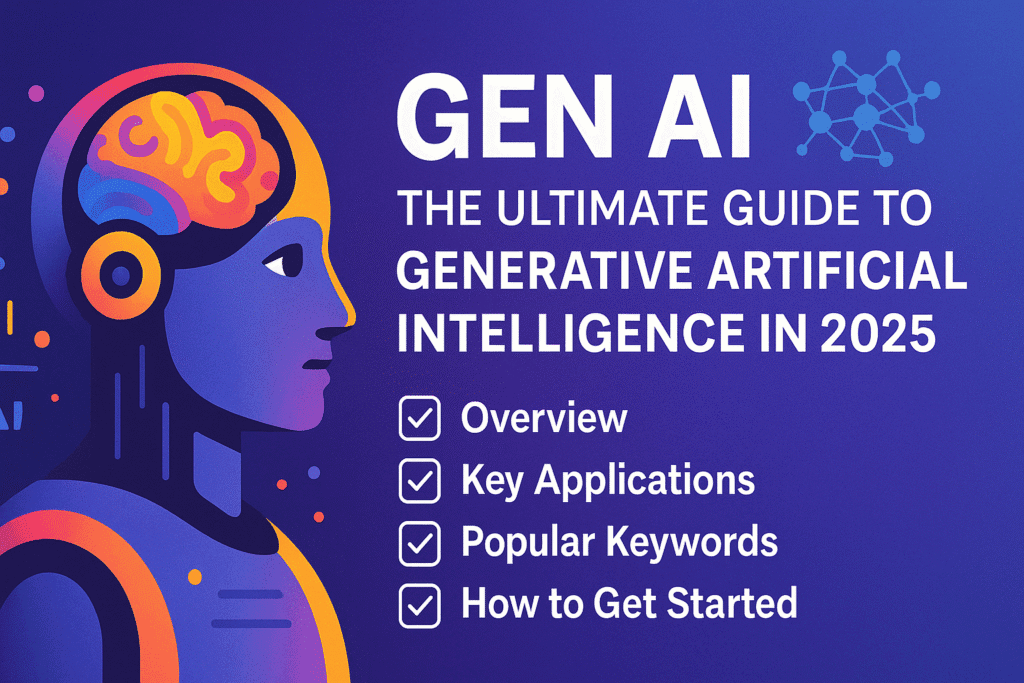
What is Gen AI?
Gen AI refers to artificial intelligence systems that can create new content, such as images, text, music, and videos, by learning from vast datasets. Unlike traditional AI, which focuses on analyzing or classifying data, Gen AI is about creation. These models, often built on architectures like large language models (LLMs) and generative adversarial networks (GANs), can mimic human creativity and produce original outputs.
Why Gen AI is Trending in 2025
- Explosive Growth: The global interest in Gen AI has soared, with a total search volume of over 151,700 monthly queries.
- Mainstream Adoption: Businesses, educators, and creatives are integrating Gen AI tools into daily workflows.
- Democratization: User-friendly platforms make Gen AI accessible to non-experts, fueling widespread experimentation.
Top Gen AI Keywords in 2025
| Keyword | Description |
|---|---|
| ai porn gen | AI-generated adult content |
| ai image gen | Tools to create images using AI |
| what is gen ai | Understanding generative AI basics |
| nsfw ai gen | Not-safe-for-work AI content generation |
| ai gen | General term for AI generation |
| ai art gen | Generating digital art with AI |
| ai story gen | Story and narrative creation using AI |
| gen ai certification | Courses and credentials in Gen AI |
| gen ai courses | Educational resources for learning Gen AI |
Applications of Gen AI
1. AI Image Generation
AI image generators can create realistic or fantastical images from text prompts. Artists and marketers use these tools to speed up content creation and visualization.
2. AI Art Generation
Gen AI enables anyone to become a digital artist, producing unique artworks or enhancing existing designs with just a few clicks.
3. AI Story Generation
Writers and content creators use Gen AI to brainstorm ideas, develop storylines, or even generate entire articles and books.
4. NSFW and Adult Content Generation
There is a growing niche for AI-generated NSFW content, raising both opportunities and ethical concerns regarding privacy, consent, and regulation.
5. Education: Courses & Certification
With demand for Gen AI skills rising, a variety of courses and certifications are available. These programs teach everything from foundational concepts to advanced model training, opening doors to new careers.
How to Get Started with Gen AI
- Explore Free Tools: Platforms like DALL-E, Midjourney, and ChatGPT offer free trials or basic versions.
- Take a Course: Look for reputable Gen AI courses or certifications to build foundational knowledge.
- Join Communities: Online forums and social media groups provide support, inspiration, and the latest news.
- Experiment Responsibly: Understand the ethical implications, especially when generating sensitive or NSFW content.
The Future of Gen AI
As Gen AI technologies continue to evolve, expect even more sophisticated tools, deeper integration into daily life, and ongoing debates about ethics and regulation. Whether you’re an artist, entrepreneur, or tech enthusiast, now is the time to explore the possibilities of generative AI.
Gen AI is not just a trend—it’s shaping the future of creativity, productivity, and digital interaction in 2025 and beyond.
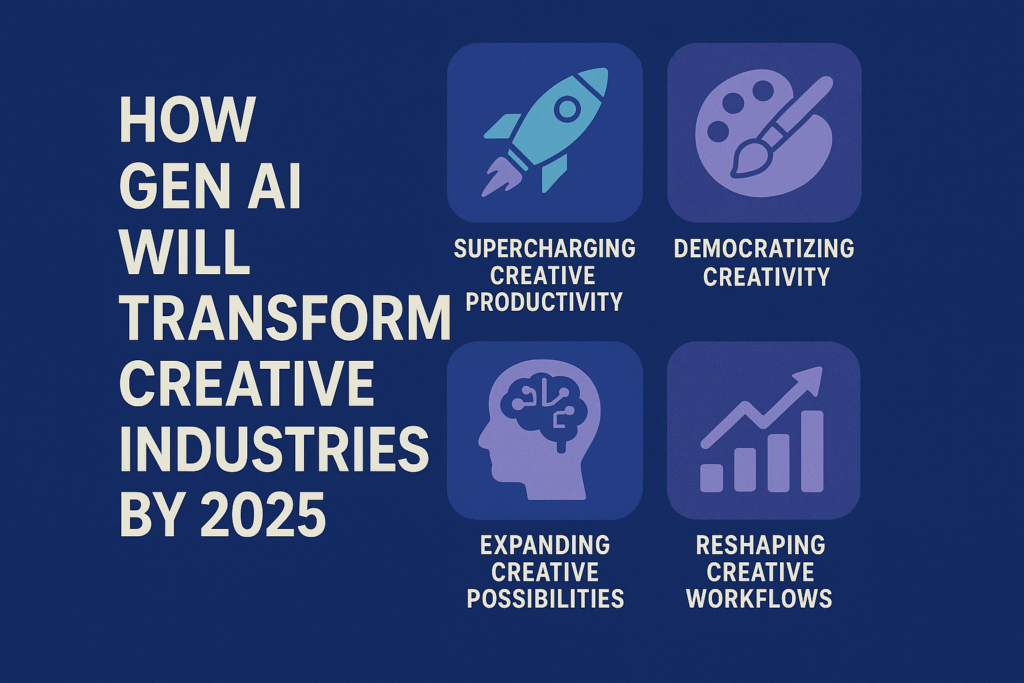
How Gen AI Will Transform Creative Industries by 2025
1. Supercharging Creative Productivity
- Automation of Repetitive Tasks: Gen AI tools automate time-consuming processes like background removal, color correction, and editing, freeing creators to focus on higher-level creative decisions.
- Faster Content Generation: Writers, artists, and musicians can produce articles, scripts, images, and music in seconds, dramatically accelerating production cycles.
- Enhanced Collaboration: AI acts as a “co-pilot,” enabling seamless human-AI collaboration in every stage of the creative process3.
2. Democratizing Creativity
- Lowering Barriers to Entry: User-friendly AI platforms empower individuals without formal training to participate in creative work, making professional-grade tools accessible to everyone.
- Diverse Voices and Perspectives: By broadening access, Gen AI amplifies underrepresented voices and fosters inclusivity in artistic expression.
3. Expanding Creative Possibilities
- New Forms of Art and Expression: AI-generated art, music, and literature are pushing the boundaries of traditional creativity, resulting in novel styles and genres that blend human and machine input.
- Cross-Domain Innovation: Gen AI enables creators to combine skills from different fields (e.g., text-to-image, music-to-video), leading to interactive and immersive experiences.
- Personalization at Scale: Brands and creators can deliver highly tailored content, from marketing campaigns to bespoke digital products, enhancing audience engagement.
4. Reshaping Creative Workflows
- Ideation and Inspiration: AI tools provide endless creative prompts and suggestions, inspiring new ideas and supporting divergent thinking.
- Human-AI Filtering: The most successful creators leverage AI for idea exploration but rely on human judgment to filter and refine outputs, ensuring originality and coherence.
5. Economic and Market Impact
- Exponential Market Growth: The generative AI market in creative industries is growing rapidly, projected to reach over $4 billion in 2025 and $12.6 billion by 2029
- Job Evolution: While some roles may be displaced, new opportunities are emerging for “prompt engineers,” AI tool specialists, and hybrid creative professionals
6. Challenges and Considerations
- Ethical Concerns: Issues around copyright, authorship, and deepfakes require new governance and regulatory frameworks
- Quality and Originality: As AI-generated content becomes more prevalent, maintaining artistic integrity and avoiding homogenization are ongoing challenges
- Human Value: Despite AI’s capabilities, elements like emotional resonance, cultural nuance, and personal storytelling remain uniquely human and essential
Table: Key Impacts of Gen AI on Creative Industries by 2025
| Area | Transformation Enabled by Gen AI |
|---|---|
| Content Creation | Rapid, automated, and innovative production |
| Accessibility | Tools for non-experts and diverse creators |
| Artistic Styles | New genres, hybrid forms, and AI-human blends |
| Workflow Efficiency | Automation of editing, ideation, and design |
| Market Growth | Multi-billion dollar industry expansion |
| Ethical Challenges | Copyright, originality, and job shifts |
The Bottom Line
By 2025, Gen AI is not just a tool but a transformative force—reshaping how creative work is conceived, produced, and experienced. It empowers more people to create, accelerates innovation, and challenges the very definition of creativity, all while raising important questions about the future of human artistic value and ethical responsibility
Key Differences Between AI Image Generation and AI Story Generation
AI image generation and AI story generation are both powerful applications of generative AI, but they serve distinct purposes, use different technologies, and produce fundamentally different outputs. Here’s a breakdown of their core differences:
1. Output Type
- AI Image Generation: Produces visual content—images, illustrations, or artwork—based on text prompts or other image inputs. The result is a picture or series of pictures that visually represent the prompt.
- AI Story Generation: Produces written narratives—stories, articles, scripts, or dialogues—based on a theme, prompt, or set of instructions. The output is text, often structured as a coherent story with characters, plot, and dialogue.
2. Core Technology
- AI Image Generation: Relies on models trained on large datasets of images and their descriptions (e.g., DALL-E, Midjourney). These models learn to map textual descriptions to pixel data, creating new visuals from scratch or modifying existing images.
- AI Story Generation: Uses large language models (e.g., GPT, Jasper AI) trained on vast text corpora. These models generate human-like text, crafting stories that include narrative structure, character development, and dialogue.
3. Typical Applications
| AI Image Generation | AI Story Generation |
|---|---|
| Art creation | Creative writing |
| Marketing visuals | Content for blogs, ads, and books |
| Product design | Dialogue for games, chatbots |
| Illustration for stories | Educational narratives |
| Social media content | Interactive storytelling |
4. Input and Interaction
- AI Image Generation: Primarily uses text prompts describing the desired image. Some tools allow uploading reference images or selecting styles to guide the output.
- AI Story Generation: Uses prompts, themes, or even images to inspire the narrative. Users can specify genre, tone, length, and other elements to shape the story.
5. Evaluation Criteria
- AI Image Generation: Quality is judged by visual realism, creativity, adherence to prompt, and style. Common issues include artifacts, mismatched elements, or lack of coherence in complex scenes.
- AI Story Generation: Quality is measured by narrative coherence, creativity, grammar, engagement, and how well the story fits the prompt. Challenges include maintaining logical consistency, character development, and avoiding repetition.
6. Use in Multimedia Projects
- AI Image Generation: Often used to illustrate stories, create comics, or generate visuals for games and marketing9.
- AI Story Generation: Used to craft narratives for books, games, scripts, and even to generate storylines that can then be illustrated with AI-generated images.
7. Underlying Challenges
- AI Image Generation: Struggles with complex prompts that require deep contextual understanding or abstract concepts112.
- AI Story Generation: Faces difficulties with long-term coherence, character consistency, and nuanced emotional arcs456.
In summary, AI image generation focuses on creating visuals from text or image prompts, while AI story generation crafts written narratives from text prompts or themes. Each leverages different models and is evaluated on distinct criteria, but both are transforming creative industries by automating and enhancing the production of art and storytelling.
Why is understanding NSFW AI gen important for responsible use
Understanding NSFW AI generation is crucial for responsible use because it directly involves significant ethical, legal, and societal considerations:
- Consent and Privacy: NSFW AI tools can generate hyper-realistic or explicit content that may depict real individuals, sometimes without their knowledge or permission. This raises serious concerns about non-consensual representation, privacy violations, and potential reputational or emotional harm137. Ensuring that all content is created with explicit consent is fundamental to respecting individual rights.
- Potential for Misuse: The technology can be exploited to create deepfake-like images or videos, leading to harassment, blackmail, or the spread of non-consensual adult material. Such misuse can have severe consequences for victims and can violate laws or platform policies.
- Ethical Responsibility: Developers, creators, and users must consider the societal impact of generating and sharing NSFW content. This includes addressing issues like bias in AI models, the risk of normalizing harmful stereotypes, and the broader implications for digital safety and trust.
- Legal Compliance: Many jurisdictions have strict regulations around adult content, especially when it involves deepfakes, minors, or non-consensual imagery. Understanding the legal boundaries is essential to avoid criminal liability and protect all parties involved.
- Platform and Community Safety: Integrating safeguards, such as content filters and user controls, helps prevent accidental exposure and empowers users to manage their digital environment responsibly.
In summary, a thorough understanding of NSFW AI generation is essential to prevent harm, uphold ethical standards, comply with laws, and foster a safer digital ecosystem for everyone.
How can I get certified in Gen AI to advance my career
To get certified in Gen AI and advance your career, you can choose from a range of globally recognized programs designed for different experience levels and professional goals. Here’s how you can proceed:
1. Choose the Right Certification or Course
- Beginner to Advanced Options: There are certifications for both newcomers and experienced professionals, covering fundamentals, hands-on tools, and business applications.
- Popular Providers: Consider programs from Google Cloud, IBM, GSDC, upGrad, Coursera, Simplilearn, Udemy, Microsoft, and NVIDIA12345678910.
2. Top Gen AI Certification Programs
| Certification/Provider | Focus Area | Duration | Key Benefits |
|---|---|---|---|
| Google Cloud Generative AI Leader | Business & strategy | 90 minutes (exam) | No prerequisites, business-focused, 3-year validity1 |
| upGrad Advanced Certificate in Generative AI | Practical tools & projects | 5 months | Real projects, industry expert masterclasses2 |
| IBM Generative AI Engineering Professional Cert. | Technical, engineering, NLP, LLMs | 6 months | Hands-on labs, build real-world apps, Python6 |
| GSDC Certified Generative AI Professional | Technical, practical deployment | Self-paced | Industry-recognized, career advancement7 |
| Coursera Generative AI Certificates | Various (business, technical) | 1-6 months | Flexible, from leading universities and companies3 |
| Udemy Generative AI Specialist | Broad, practical skills | Self-paced | Globally recognized, community access8 |
| Microsoft/LinkedIn Career Essentials in Gen AI | Workplace skills | 6 hours | Quick upskilling, business applications9 |
| NVIDIA Generative AI with LLMs Certification | LLMs, accelerated computing | Varies | Industry-leading, technical depth10 |
3. What to Expect
- Curriculum: Most certifications cover Gen AI fundamentals, prompt engineering, model fine-tuning, ethical use, and real-world applications.
- Format: Courses are typically online, self-paced or instructor-led, and include hands-on projects or exams.
- Assessment: Expect multiple-choice exams, project submissions, or practical labs.
4. How to Enroll
- Visit the official website of your chosen provider.
- Review prerequisites (most beginner courses have none).
- Register for the course or exam and pay the fee (fees range from under $100 to several thousand dollars depending on depth and provider).
- Complete the coursework and pass the required assessments.
5. Career Benefits
- Boost Employability: Certifications validate your skills for roles such as Gen AI engineer, data scientist, AI consultant, and more578.
- Stay Competitive: Demonstrate up-to-date knowledge in a rapidly evolving field.
- Practical Skills: Gain hands-on experience with leading Gen AI tools and frameworks, making you job-ready68.
By earning a Gen AI certification, you’ll signal to employers your commitment to mastering one of the most in-demand technologies of the decade, opening doors to high-impact roles across industries.
What future trends should I expect in ai porn and ai art gen
By 2025, both AI porn generation and AI art generation are set to undergo significant transformations, driven by rapid advances in generative AI, immersive technologies, and evolving user expectations. Here are the key future trends to expect in each area:
AI Porn Generation: Future Trends
- Hyper-Personalization and Customization
- Integration with AR, VR, and Virtual Companions
- Expect seamless blending of AI-generated porn with augmented reality (AR) and virtual reality (VR), creating immersive, interactive, and lifelike experiences126.
- Virtual companions and chatbots will offer ongoing, emotionally responsive interactions, blurring the lines between digital fantasy and reality16.
- Sophisticated Content Creation
- The shift from static images to complex, customizable videos and interactive scenarios will accelerate, powered by advanced text-to-video models and deep learning62.
- AI-generated avatars and environments will become increasingly realistic, with improved animation, facial expressions, and scene complexity16.
- Ethical and Regulatory Developments
- Inclusivity and Diversity
AI Art Generation: Future Trends
- Expansion of Creative Possibilities
- Artists and non-artists alike will use AI to generate novel styles, hybrid artworks, and cross-media creations, pushing the boundaries of visual expression8.
- AI art will continue to influence commercial design, marketing, and entertainment, with businesses leveraging synthetic media for branding and storytelling8.
- Enhanced Collaboration
- Human-AI collaboration will become the norm, with creators using AI as a co-creator or assistant, refining outputs and exploring new artistic directions8.
- Higher Realism and Interactivity
- AI-generated art will achieve greater realism and complexity, enabling the creation of interactive digital art, virtual exhibitions, and immersive installations8.
- Ethical and Copyright Challenges
- As AI art becomes more prevalent, debates over authorship, originality, and copyright will intensify, prompting new legal frameworks and industry standards8.
Comparison Table: AI Porn Gen vs. AI Art Gen Future Trends
| Aspect | AI Porn Generation | AI Art Generation |
|---|---|---|
| Personalization | Hyper-customized, adaptive content | Customizable styles, user-guided creation |
| Technology Integration | AR/VR, chatbots, virtual companions | Interactive installations, virtual galleries |
| Output Types | Images, videos, interactive scenarios | Images, animations, multimedia art |
| Ethical Focus | Consent, privacy, exploitation prevention | Copyright, originality, bias |
| Inclusivity | Diverse bodies, identities, fantasies | New artistic voices, global perspectives |
| User Interaction | Ongoing, emotionally responsive, immersive | Collaborative, iterative, creative |
In summary, AI porn generation is moving toward hyper-realism, emotional intelligence, and immersive, customizable experiences, with a growing emphasis on ethics and inclusivity14567. AI art generation will expand creative horizons, foster human-AI collaboration, and challenge traditional notions of authorship and originality8. Both fields will be shaped by advances in generative models, regulatory frameworks, and user-driven innovation.


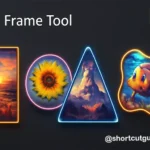
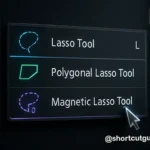
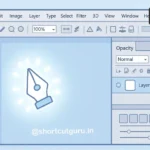



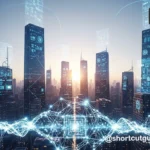
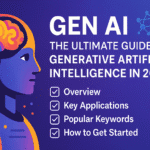
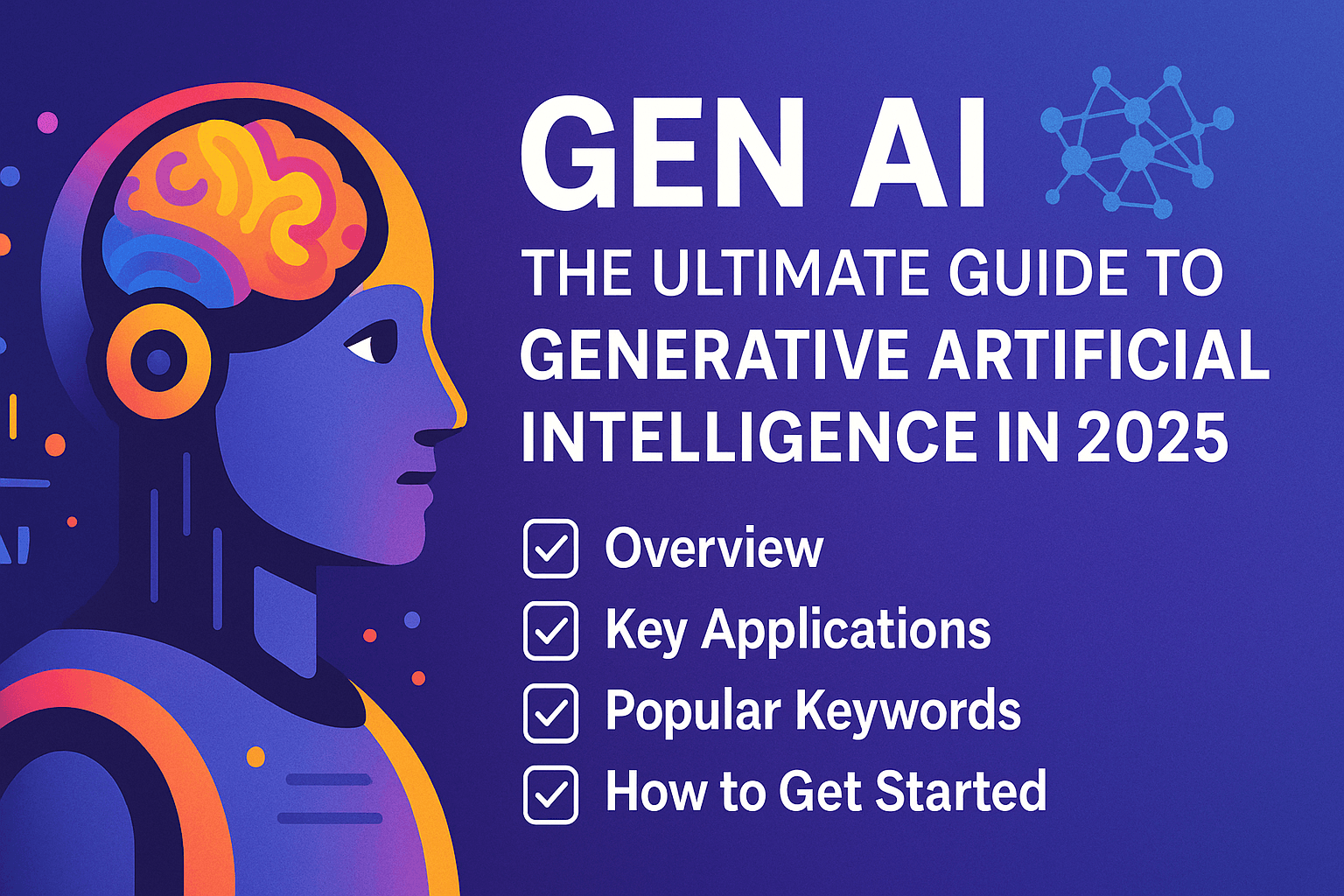
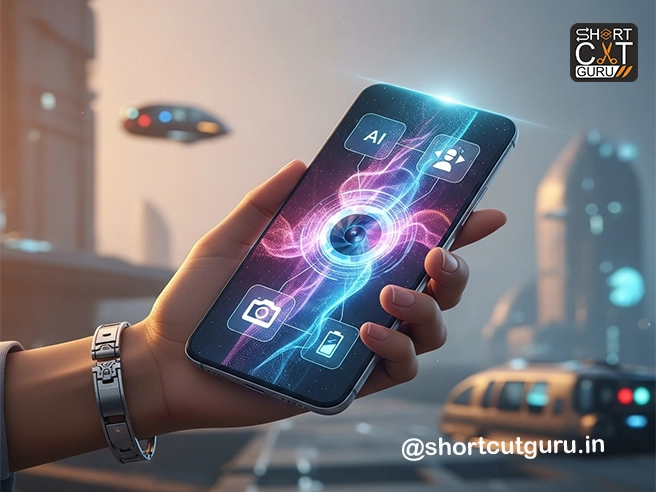
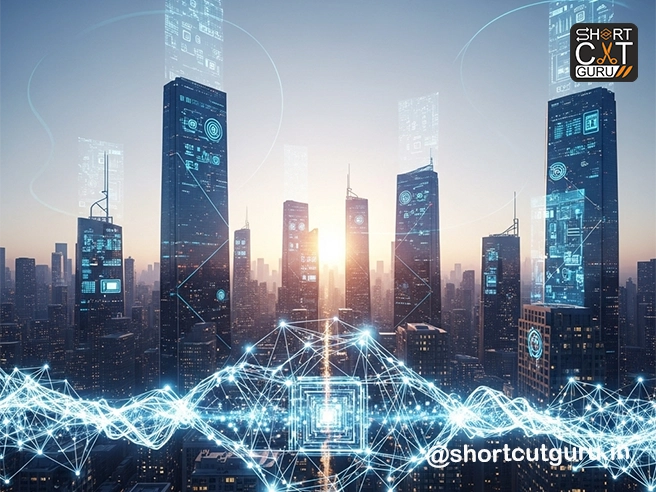
One thought on “Gen AI: The Ultimate Guide to Generative Artificial Intelligence in 2025”